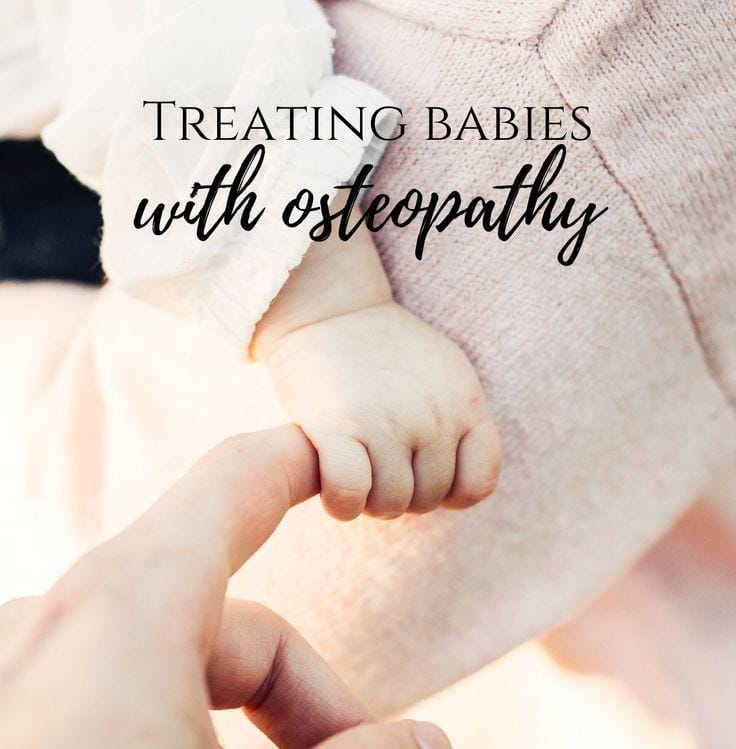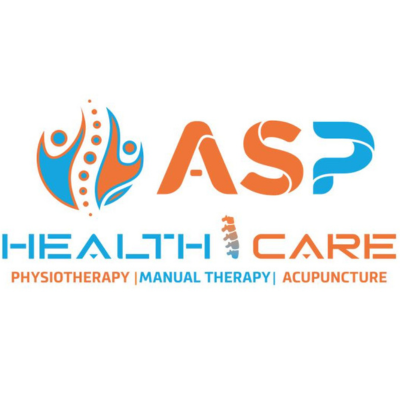+918042757363

This is your website preview.
Currently it only shows your basic business info. Start adding relevant business details such as description, images and products or services to gain your customers attention by using Boost 360 android app / iOS App / web portal.
Treating babies with osteopathy, often referred...

Treating babies with osteopathy, often referred to as pediatric osteopathy or osteopathic pediatric care, involves applying osteopathic principles and techniques to address musculoskeletal issues and promote overall health and wellbeing in infants and young children. Here are some key points about treating babies with osteopathy: Gentle Approach: Osteopathic treatment for babies is typically gentle and non-invasive. Osteopathic practitioners use soft-touch techniques that are adapted to the delicate nature of a baby's body. Common Conditions: Osteopathy can be beneficial for addressing various conditions in babies, including colic, reflux, feeding difficulties, torticollis (a condition where the neck muscles cause the head to tilt to one side), plagiocephaly (flat head syndrome), and difficulty with latching during breastfeeding. Birth Trauma: The birthing process can sometimes result in physical strain or trauma to the baby's body, especially if the delivery was difficult or involved interventions such as forceps or vacuum extraction. Osteopathic treatment can help alleviate any strain or tension that may have resulted from birth trauma. Assessment and Diagnosis: Osteopathic practitioners will typically conduct a thorough assessment of the baby's musculoskeletal system, as well as their overall health and development, to identify any areas of dysfunction or imbalance. Treatment Techniques: Osteopathic treatment techniques for babies may include gentle manipulation, stretching, massage, and cranial osteopathy. Cranial osteopathy involves applying subtle pressure to the bones of the skull and spine to promote balance and relieve tension. Supporting Development: Osteopathy aims to support the natural development of the baby's body by addressing any restrictions or imbalances that may be present. By ensuring optimal musculoskeletal function, osteopathy may help babies achieve developmental milestones more easily. Collaboration with Other Healthcare Providers: Osteopathic practitioners may collaborate with other healthcare providers, such as pediatricians, lactation consultants, and midwives, to ensure comprehensive care for the baby. Parental Involvement: Parents are often involved in the osteopathic treatment process for their babies. Osteopathic practitioners may provide guidance on techniques that parents can use at home to support their baby's comfort and development.

